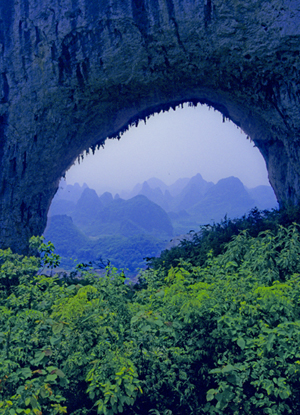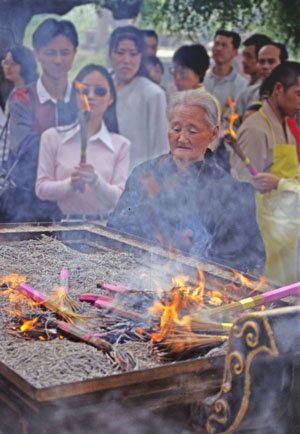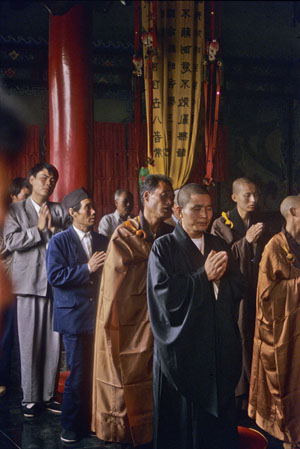The Star Raft: They came from the rising sun (part 2)
 Two weeks ago I wrote about the evidence showing contact between China and Africa long before the Portuguese sailed around the tip of Africa and into the Indian Ocean. More evidence of this appears from maps found in Korea and dating back to 1402 that show the WEST coast of Africa as far north as the Orange River, one of the longest rivers in Africa, which forms the international boundary between modern day South Africa and Namibia. This same map places Africa immediately opposite Indonesia with a string of small islands in between, suggesting that whoever drew the map, didn’t get there via India and the Gulf and down the African coast, but instead by sailing across the Indian Ocean. Records suggest some of these Chinese travelers came by way of a Star Raft. So who were these sailors and what is a Star Raft an how does this have relevance today?
Two weeks ago I wrote about the evidence showing contact between China and Africa long before the Portuguese sailed around the tip of Africa and into the Indian Ocean. More evidence of this appears from maps found in Korea and dating back to 1402 that show the WEST coast of Africa as far north as the Orange River, one of the longest rivers in Africa, which forms the international boundary between modern day South Africa and Namibia. This same map places Africa immediately opposite Indonesia with a string of small islands in between, suggesting that whoever drew the map, didn’t get there via India and the Gulf and down the African coast, but instead by sailing across the Indian Ocean. Records suggest some of these Chinese travelers came by way of a Star Raft. So who were these sailors and what is a Star Raft an how does this have relevance today?
Unlike later generations of Chinese dynasties, the Tang dynasty (A.D. 618-907) was outward looking and venturesome. This continued with the Southern Song Dynasty (A.D. 960-1279)who had lost half their territory to the Tartar hordes of the north. To make up for their property losses, they looked to oversees trade to fill their coffers and China became, for the first time, a maritime nation.
The ships they built had five or six decks, and carried a year’s supply of grain, herds of pigs and jars of fermenting wine. They carried the world’s most advanced seafaring technology in magnetic compasses, water-tight bulkheads, advanced rudder systems, sounding lines, and a sail designed for steering into the wind that could have allowed them to travel into the trade winds that had deterred the Arab seamen. By the end of the twelfth century they were on the edge of the western Indian Ocean and had appeared in the Gulf and off Yemen.

While many of these huge boats went no farther than India to trade, accounts from those few who went further also made their way back to China and described the port towns and the people they met. They describe the sources of ivory and rhinoceros horn, of frankincense, ambergris and a red gum resin called ‘dragon’s blood’ as a series of villages down the East African coast. News also came of the landscape and the African wildlife, including the marvelous creature called a camel-ox with a hide like a leopard’s, the hooves of a cow, no hump but a neck nine feet long perched above a body ten feet tall.
The contact between Africa and China continued, including embassies of African traders to the Chinese court. Proof of this comes both from Chinese records and from the diaries of Ibn Battuta, the many travelled Arab who wrote of meeting a man from Mogadishu who had been in China.
With the fall of the Song Dynasty and the coming of the Mongol hordes, the naval trade reduced, but the rise of the Ming Dynasty (A.D. 1368-1644) saw the creation of a huge maritime fleet that in 1414 sailed into the western Indian Ocean led by General Zheng He, Grand Eunuch of the Three Treasures. (See my short story here.) Zheng He was the Chinese Columbus, but the Chinese ships topped Columbus’s ships in every way. While Columbus sailed with three ships with single decks, Zheng He sailed with sixty-two galleons that each outweighed Columbus’s ships three to one. While Columbus had about 100 men, Zheng He had 868 civil officers, 93 commanders and 26,800 soldiers plus numerous others.
But unlike Columbus, who was a man of exploration, Zheng He led a Star Raft – an expedition planned to bring the ‘star-like radiance of the imperial ambassador’ and to win allegiance of distant people for the Chinese emperor. Yes, goods were traded during these voyages, but the symbolism of the exchange was unique to the Chinese. They believed that their trading partners were paying homage to the Chinese sovereign of the world. So unlike Columbus. the Chinese venture was based in looking inward – bringing the homage of other places to the center of the world.

Which makes me wonder about the state of the world’s economy today as China’s economic engine begins to overtake that of the United States. Are we watching a modern-day version of the Star Raft as western companies and governments seek their trade accords with the new China?









